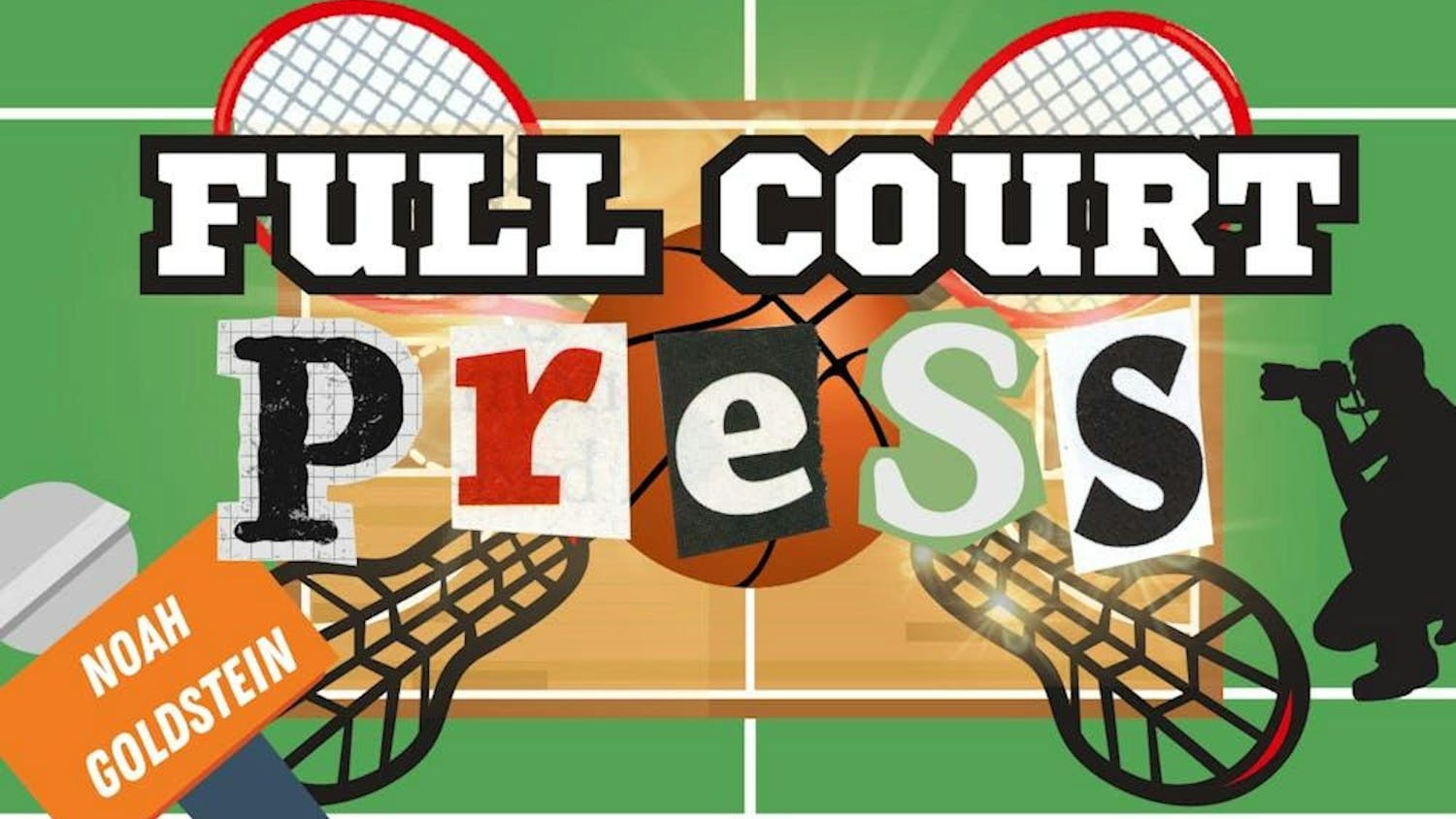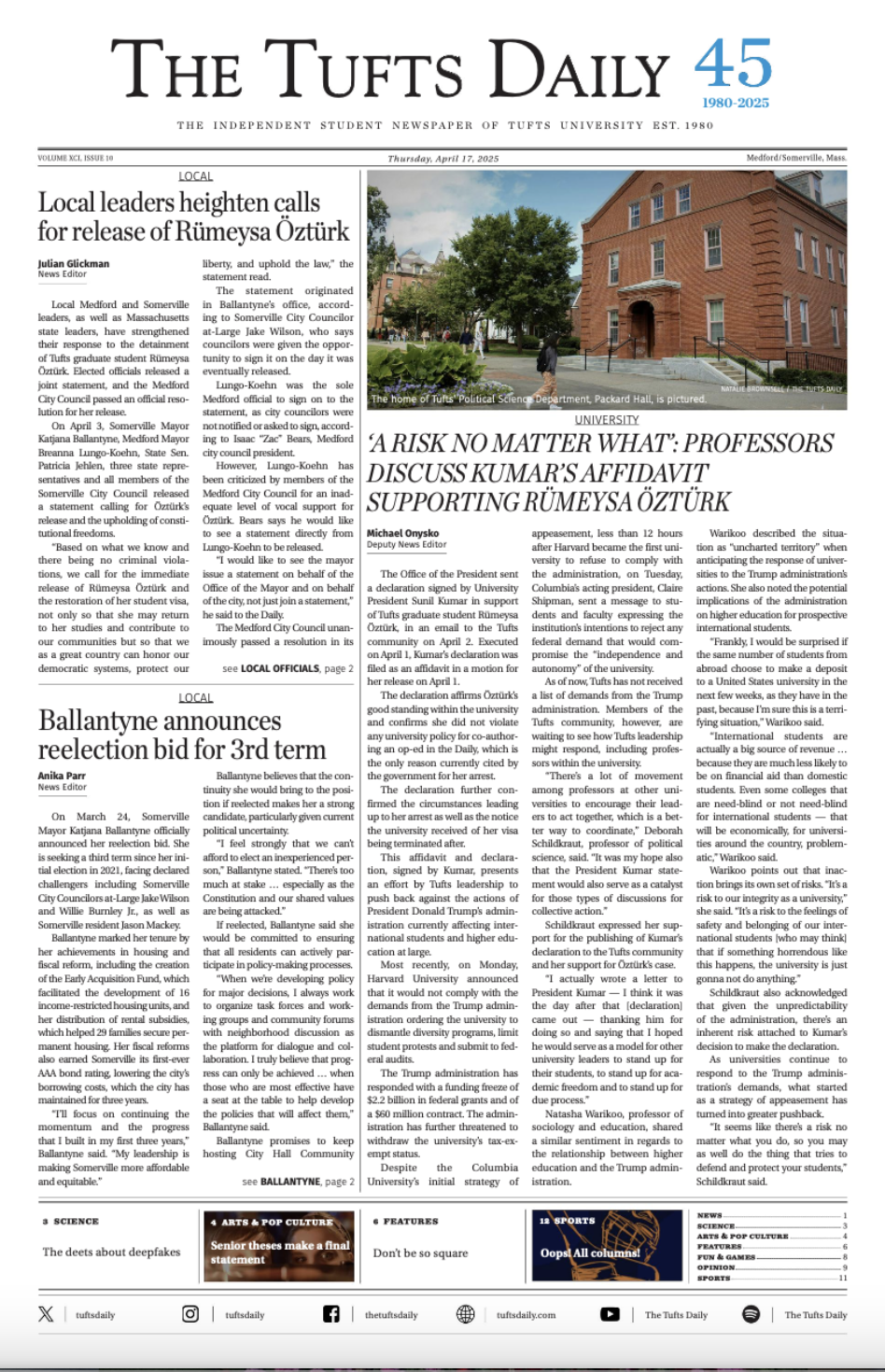Just 30 seconds into the vaunted rivalry matchup between Duke and the University of North Carolina (UNC) on Wednesday, Duke’s high-flying first-year star Zion Williamson went down with a sprained knee and a split-in-half shoe. It was an injury that at first glance looked much worse than its reality, but it provided another reminder of the uncertainty with which collegiate and NBA athletes are faced. One major injury has the potential to derail the entire career of an athlete before it even gets started.
The reality of this risk is why so many current NBA players, fans and others have suggested that Williamson should end his time with Duke and just begin to prepare for the NBA. The movement has put pressure on the NCAA once again, raising the ongoing debate about whether or not college players should be able to financially capitalize on their own brand and be compensated for the financial gains that they bring to the university and the NCAA.
One common defense of not paying athletes often raises the point that the amateur status of players needs to be maintained in order to maintain the popularity of the sport. Essentially, this argues that the popularity of college basketball and other college sports stems from its relatability to much of the fan base, who can relate to the idea of a student-athlete from their own time in college or even high school. While it may be true that the empathy of the experience could draw fans in, Div I. college sports are relatable to the typical fan in superficial optics only.
Div I. college athletes today, particularly those in the high revenue sports like football and basketball, are putting more time into their sports than ever before. A famous lawsuit filed by two former UNC student-athletes in 2015 cited a number of student-athlete surveys and studies that found athletes are often spending between 30 and even 40 hours a week on their sport between practice and other commitments. This is nearly equivalent to a full-time job, before considering any academic commitments that come along with it.
Pair the time with the massive amount of money that these athletes bring into their schools and the NCAA as a whole, packing stadiums on a nightly basis and providing the on-court entertainment that seals enormously lucrative TV deals.
Whether or not the NCAA wants to sell the experience of its athletes as a relatable one filled with amateur players, the reality is that these players are full-time athletes and the amount of money they bring in does not merit an amateur descriptor.
There is almost nobody who is calling for every player in the NCAA in every Div. I sport to be compensated equally; everyone recognizes that there are levels of nuance between Zion and the 12th man at a mid-major program. Yet the NCAA's penchant for drawing connections between these players and normal college students in the name of relatability is a clear exploitation of these athletes and what is asked of them on a yearly basis.
More from The Tufts Daily





